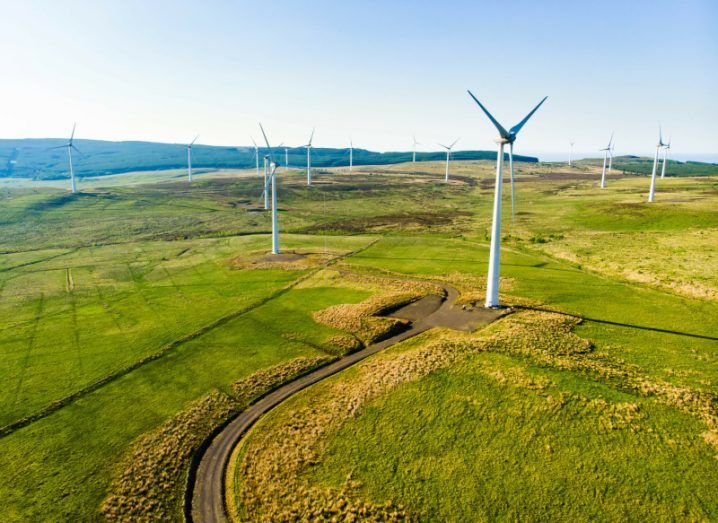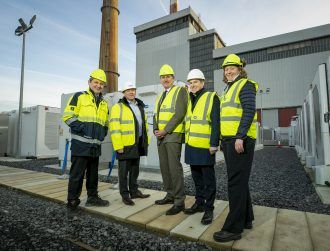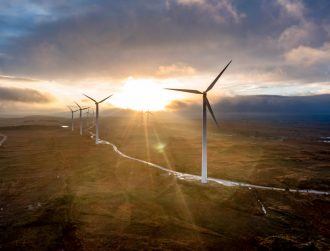
Image: © MNStudio/Stock.adobe.com
The Government is setting up a Just Transition Committee under the Climate Action Plan 2023 to ensure that all citizens are on board with the new targets.
The Government has launched its updated Climate Action Plan, laying out the strategy to help the country meet its climate goals.
This is the second time the Government has updated the plan, which was first published in 2019.
The Climate Action Plan 2023 sets out actions to be taken as Ireland looks to slash emissions by 50pc by 2030 and reach net zero no later than 2050.
It also implements carbon budgets and emissions ceilings for various sectors.
The plan acknowledges some of the progress Ireland has already made thanks to the Climate Action Plan 2021. Retrofitting homes, reduction in public transport fares for the first time in 75 years and the start of the offshore wind energy programme were all mentioned.
Individuals and communities
The Climate Action Plan 2023 is putting a “greater focus on system change” and aiming to get all parts of society on board.
The Government is planning to set up a Just Transition Committee to “ensure that no community, no sector and no person gets left behind”.
The plan acknowledges the need to ramp up efforts to reduce rising emissions and achieve the 2030 and 2050 targets.
It identifies six pillars where changes will be made to tackle emissions. These are renewables, construction, transport, farming, enterprise and land use.
All have emissions reduction targets with the exception of land use, which is contingent on the results of a land use review.
Renewables targets
There is a major increase in Ireland’s renewables programme planned, with the aim of reducing emissions in the electricity sector by 75pc by 2030.
The Government aims to facilitate a large-scale deployment of renewables, which will be critical for decarbonising the power sector and enabling the electrification of other technologies.
The target for onshore wind energy is rising to 9GW by 2030. At least 7GW of offshore wind energy will be produced by the end of the decade under the plan, with 2GW of that to be used for green hydrogen production.
Noel Cunniffe, CEO of Wind Energy Ireland, said the group’s members are ready to work towards these targets.
“We have the pipeline of projects to deliver the ambitious targets set in the Climate Action Plan and we are determined to play our part in cutting carbon emissions and reducing our dependence on imported fossil fuels.”
He added that the Government would “need support from right across Irish society”.
“It is time to stop playing politics with the climate crisis and for all of us to work together to deliver the Climate Action Plan.”
The Government also wants to introduce a Green Electricity Tariff by 2025 to incentivise people to use more renewable energy, while it aims to support at least 500MW of local community-based renewable energy projects.
Retrofitting for homes and businesses is also being ramped up with a target of 120,000 buildings to reach BER B2 by 2025.
Transport and enterprise targets
The plan is targeting a 50pc emissions reduction in the transport sector by 2030.
It aims for one in three private vehicles to be electric, and for walking, cycling and public transport to account for 50pc of all our journeys.
The plan also said that at least 70pc of people in rural Ireland will have buses that provide up to three trips to the nearest town or city daily by 2030.
Businesses and enterprises need to reach a emissions reduction target of 35pc by 2030. The circular economy and bioeconomy are being earmarked as key planned growth points in the plan.
10 things you need to know direct to your inbox every weekday. Sign up for the Daily Brief, Silicon Republic’s digest of essential sci-tech news.






